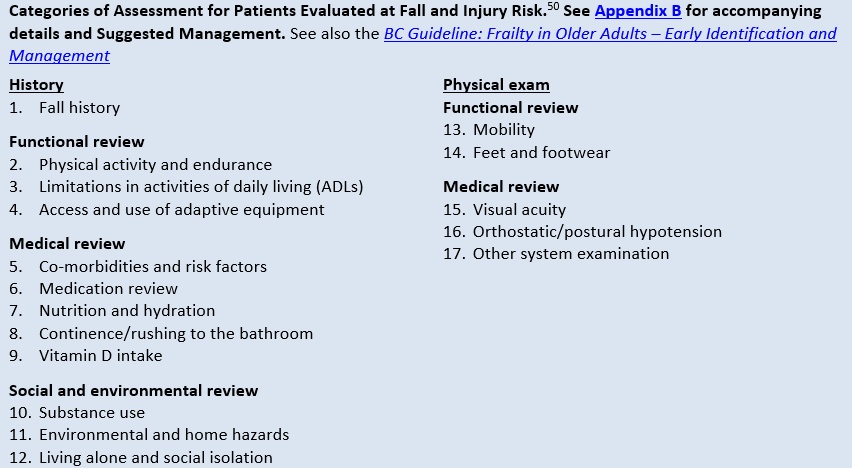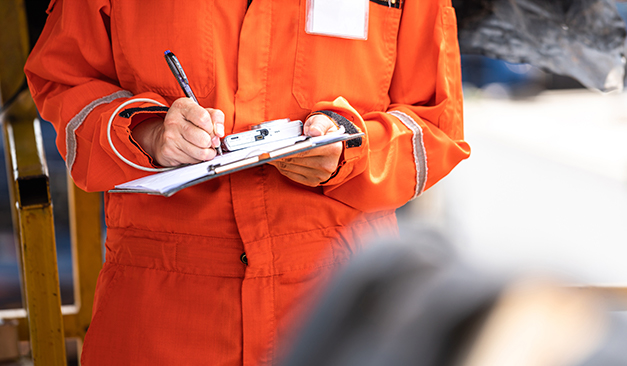Dementia Fall Risk Things To Know Before You Buy
Table of ContentsThe smart Trick of Dementia Fall Risk That Nobody is DiscussingDementia Fall Risk for BeginnersThe Main Principles Of Dementia Fall Risk How Dementia Fall Risk can Save You Time, Stress, and Money.
An autumn risk assessment checks to see just how most likely it is that you will certainly fall. It is mainly done for older adults. The analysis usually consists of: This consists of a collection of questions concerning your general wellness and if you have actually had previous falls or problems with balance, standing, and/or strolling. These tools test your stamina, equilibrium, and stride (the method you stroll).STEADI consists of screening, examining, and treatment. Treatments are referrals that might minimize your risk of falling. STEADI consists of three steps: you for your threat of falling for your threat variables that can be enhanced to try to stop falls (for example, equilibrium troubles, impaired vision) to decrease your threat of falling by utilizing reliable approaches (for instance, supplying education and resources), you may be asked several inquiries consisting of: Have you fallen in the previous year? Do you feel unsteady when standing or strolling? Are you fretted about falling?, your copyright will certainly check your stamina, balance, and gait, using the complying with fall evaluation devices: This test checks your gait.
If it takes you 12 seconds or more, it might suggest you are at higher risk for a loss. This test checks stamina and equilibrium.
Move one foot midway ahead, so the instep is touching the big toe of your other foot. Move one foot completely in front of the various other, so the toes are touching the heel of your various other foot.
The 9-Minute Rule for Dementia Fall Risk
The majority of drops take place as an outcome of multiple contributing aspects; therefore, taking care of the risk of falling begins with determining the aspects that contribute to fall danger - Dementia Fall Risk. Some of the most appropriate risk variables consist of: History of previous fallsChronic medical conditionsAcute illnessImpaired gait and equilibrium, reduced extremity weaknessCognitive impairmentChanges in visionCertain high-risk medications and polypharmacyEnvironmental elements can also boost the threat for falls, including: Poor lightingUneven or harmed flooringWet or slippery floorsMissing or harmed handrails and order barsDamaged or incorrectly equipped devices, such as beds, wheelchairs, or walkersImproper use assistive devicesInadequate supervision of the individuals staying in the NF, consisting of those that display aggressive behaviorsA successful autumn danger administration program needs a complete clinical analysis, with input from all members of the interdisciplinary team

The treatment strategy must additionally consist of treatments that are system-based, such as those that promote a risk-free atmosphere (suitable lighting, handrails, order bars, and so on). The effectiveness of the treatments ought to be assessed periodically, and the care plan changed as needed to mirror adjustments in the loss threat evaluation. Implementing a loss risk administration system utilizing evidence-based ideal method can reduce the prevalence of falls in the NF, while restricting the potential for fall-related injuries.
How Dementia Fall Risk can Save You Time, Stress, and Money.
The AGS/BGS standard suggests screening all grownups aged 65 years and older for loss danger yearly. This screening contains asking patients whether they have dropped 2 or even more times in the previous year or sought medical attention for a fall, or, if they have actually not fallen, whether they really feel unsteady when walking.
People that have actually fallen as soon as without injury should have their balance and stride examined; those with stride or equilibrium irregularities need to get extra evaluation. A background of 1 fall without injury and without gait or balance issues does not warrant additional assessment beyond continued yearly autumn threat screening. Dementia Fall Risk. A fall danger analysis is required as part of the Welcome to Medicare exam

Dementia Fall Risk for Dummies
Recording a drops history is one of the quality indications for loss prevention and management. copyright drugs in particular are independent predictors of falls.
Postural hypotension can typically be alleviated by reducing the dosage of blood pressurelowering medicines and/or quiting drugs that have orthostatic hypotension as a negative effects. Use above-the-knee support hose pipe and sleeping with the head of the bed elevated might additionally lower postural reductions in blood pressure. The recommended elements of a fall-focused physical evaluation are revealed in Box 1.

A pull time higher than or equivalent to 12 secs suggests high loss threat. The 30-Second Chair Stand examination assesses lower extremity toughness and balance. Being incapable to stand up from a chair of knee height without using one's arms indicates enhanced fall link risk. The 4-Stage Balance test assesses fixed equilibrium by having the person stand in 4 placements, each progressively more challenging.
 Michael J. Fox Then & Now!
Michael J. Fox Then & Now! Katie Holmes Then & Now!
Katie Holmes Then & Now! Michelle Trachtenberg Then & Now!
Michelle Trachtenberg Then & Now! Tyra Banks Then & Now!
Tyra Banks Then & Now! Daryl Hannah Then & Now!
Daryl Hannah Then & Now!